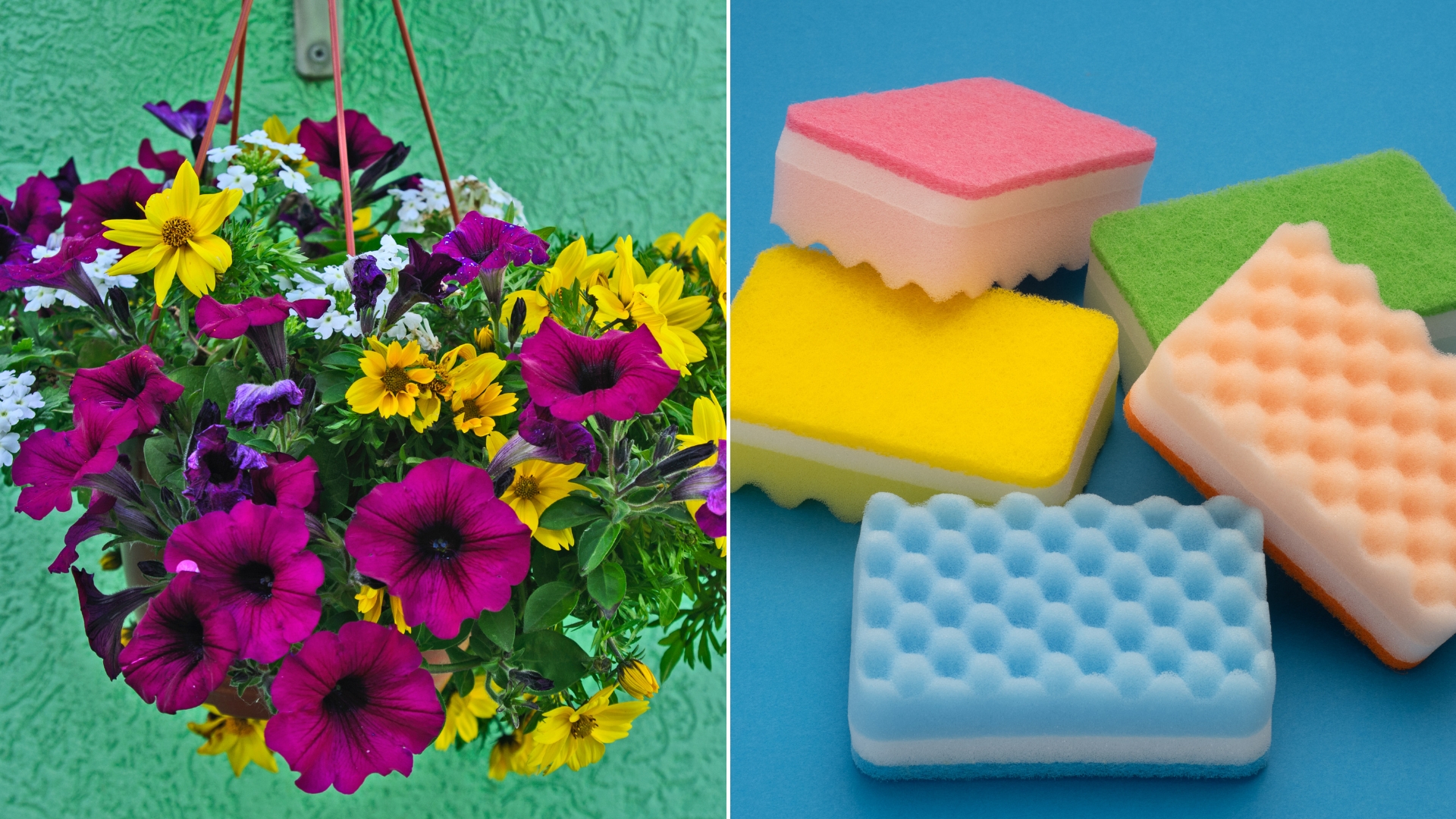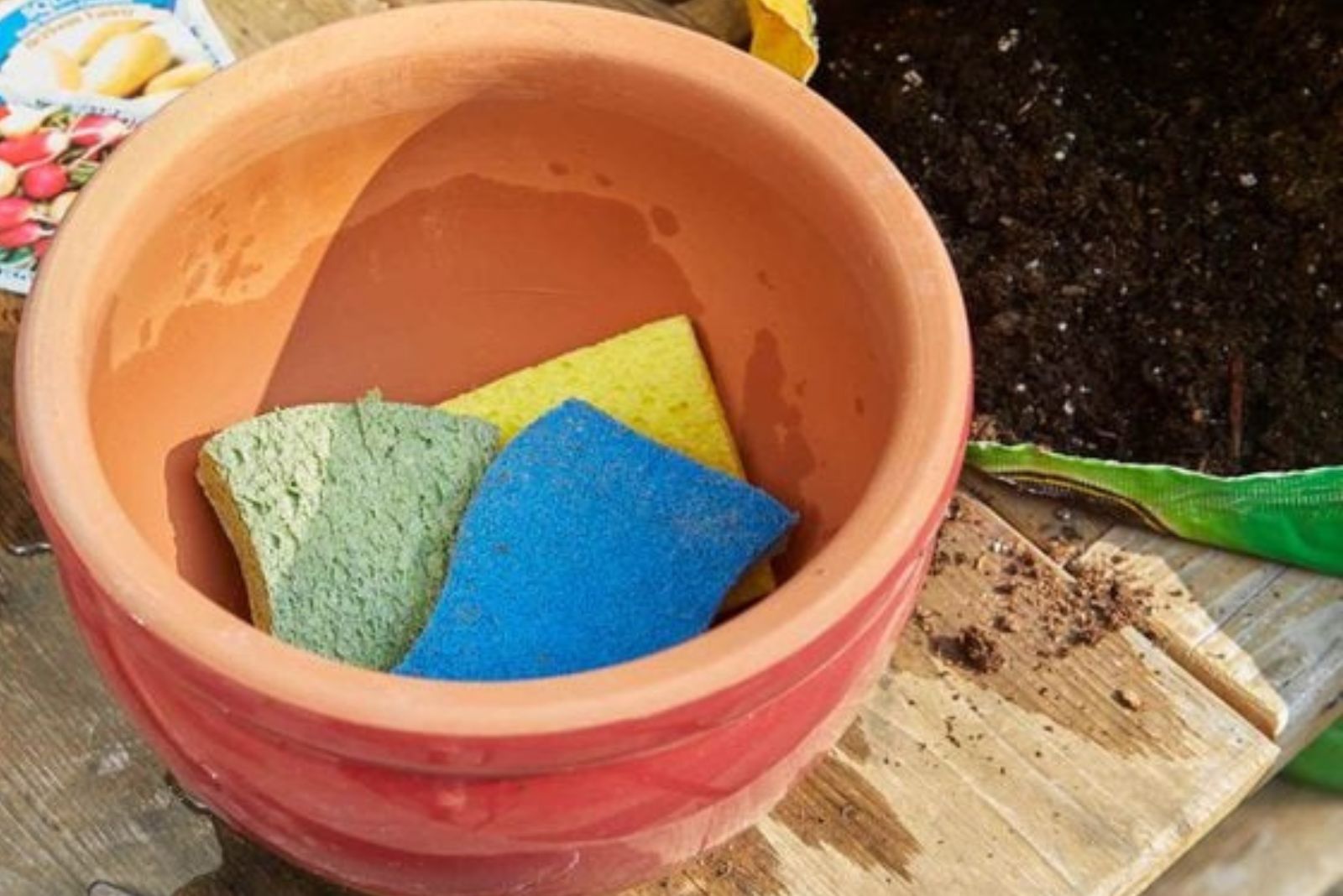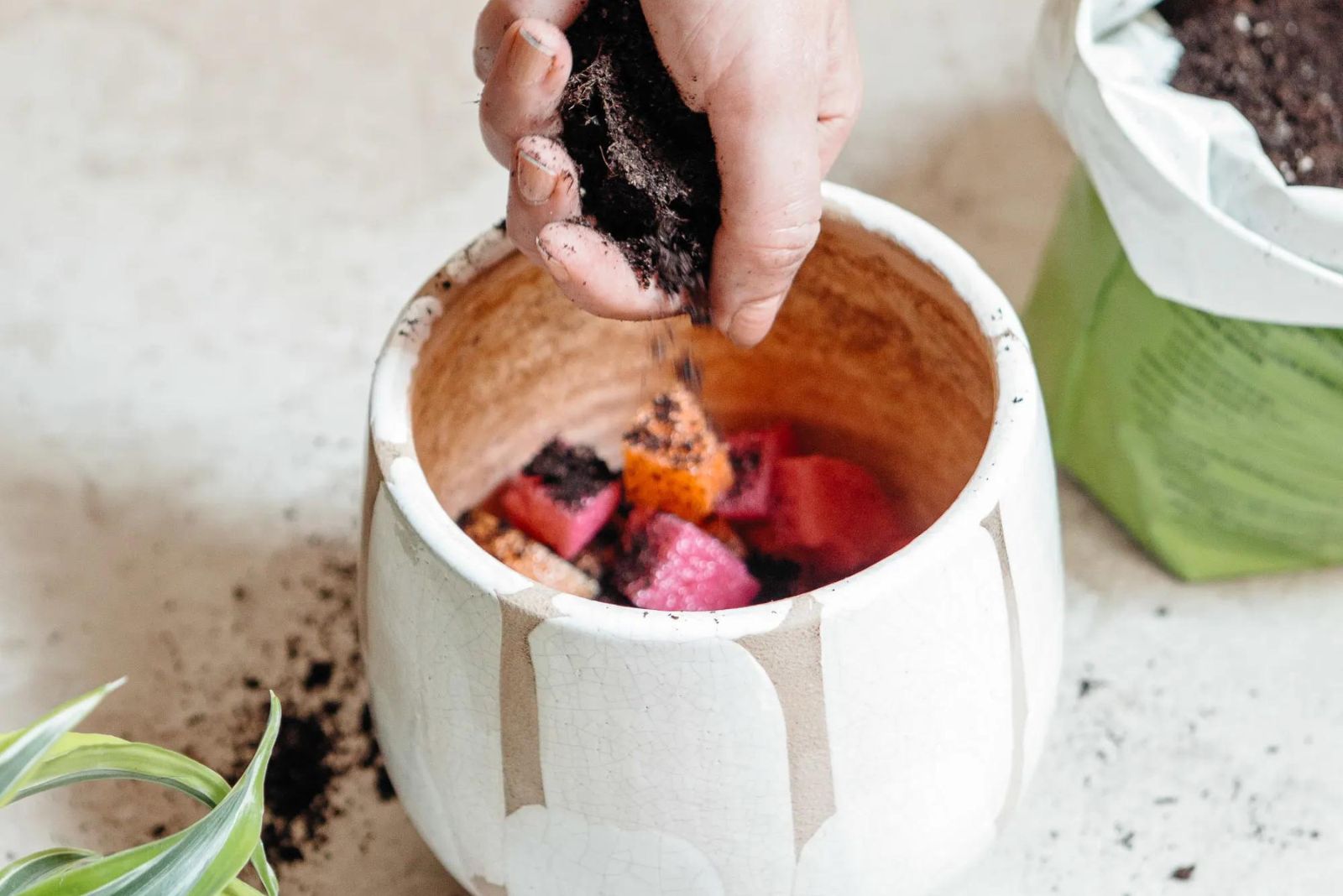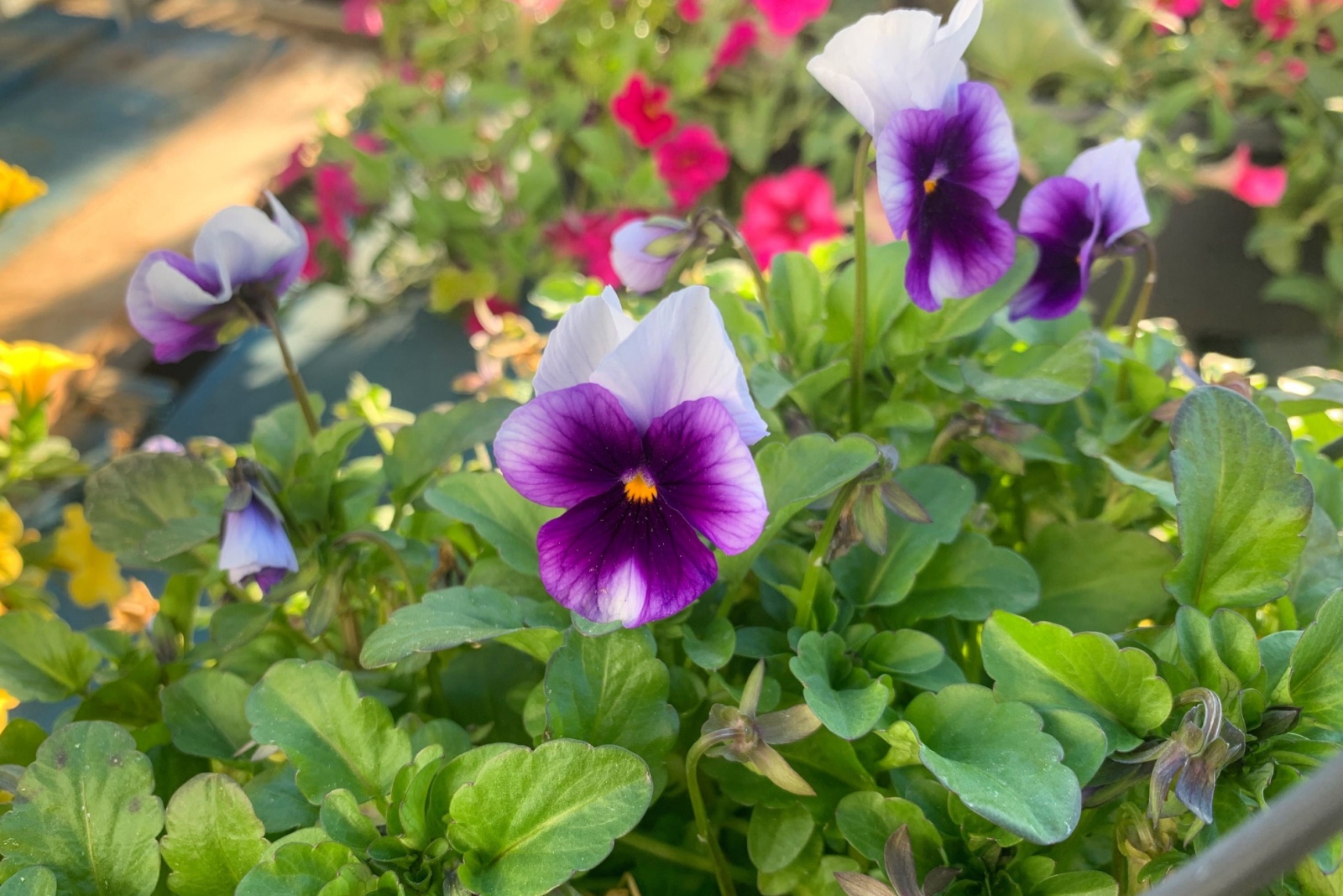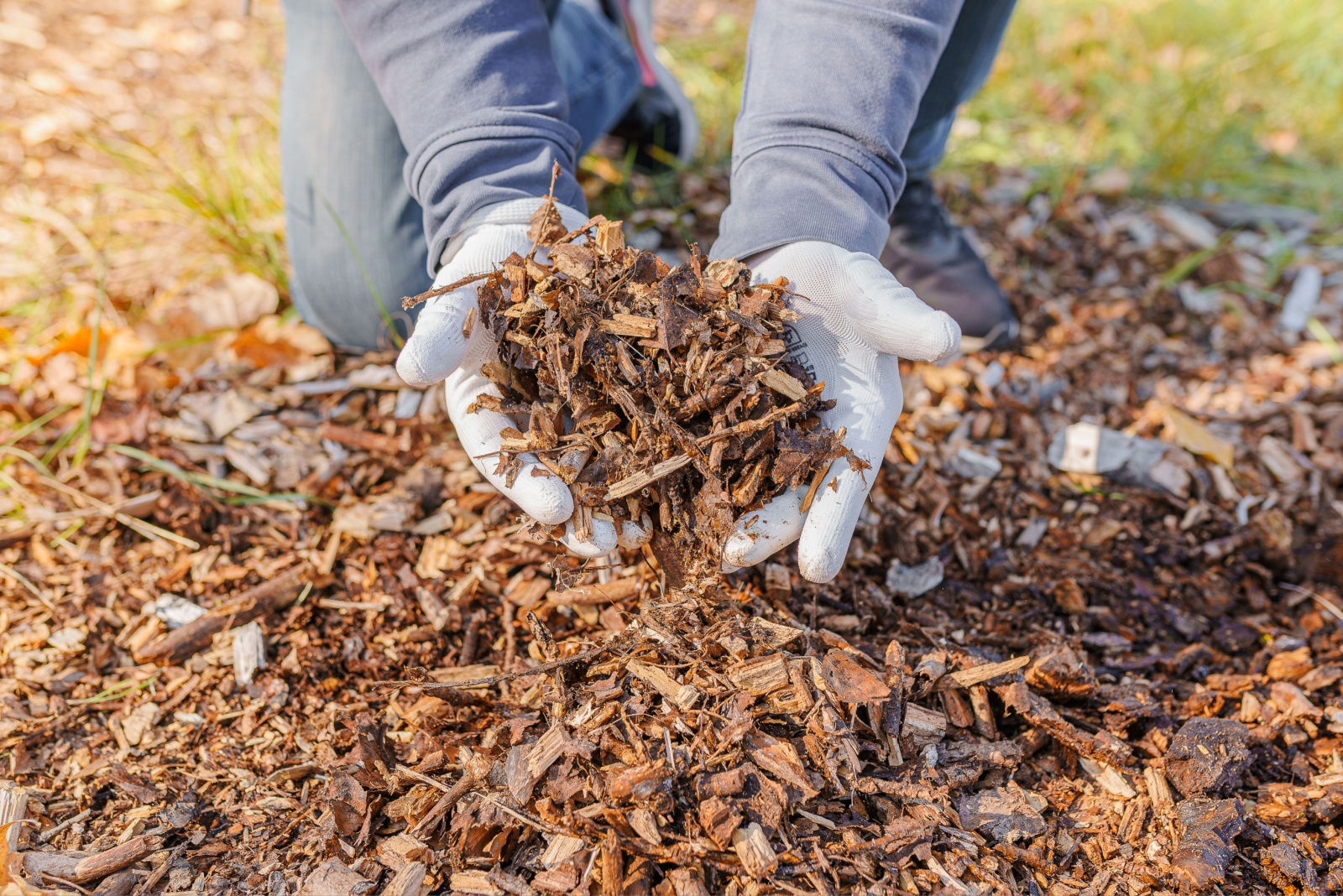New ideas that simplify gardening sprout up every day. And one of the most tedious jobs out there is watering, so it’s not surprising that there are so many hacks promising to make it easy.
One such method is placing kitchen sponges in your flower pots before planting! But how beneficial is it really and can it replace regular watering?
Let’s check it out!
How It Helps
Placing a kitchen sponge in the bottom of the planter will soak up the excess moisture after watering and slowly release it right when your plant needs it.
It is thought to be a better alternative to adding rocks to the bottom of planters because it won’t create a standing pool of water that can’t get out of the drainage holes.
The idea behind kitchen sponges is that they reduce the risks of both over- and under-watering your plants, keeping them thriving.
Just remember to use new and clean sponges because you don’t want to transfer chemicals or bacteria to your plants.
Cut the sponges to the size of the planter and place them in the bottom where they can soak up excess water.
Another benefit of using kitchen sponges (or pool noodles) is that they take up some space in your planter, so you’ll be able to save some potting mix.
This makes the pots slightly lighter (when there’s not much moisture in them), making them easier to move around.
Using Pool Noodles Instead
You can use pool noodles instead if you want to keep your plants cool during summer and aerate the soil even further.
Cut them just a little shorter than the pot height, place them vertically in the pot, and fill the planter with potting medium. Arrange the plant roots around the noodles, and that’s it.
Dangers It Poses
These two hacks seem like a dream come true, but there are some things wrong with them.
Sponges and noodles will accumulate water and release it when your plants need it, but how exactly will you know that the sponge has dried out and it’s the time to irrigate your plant?
You can wait until your plant droops, but you can never be sure the sponge is 100% dry.
Additionally, plant roots can penetrate the sponge and grow there, which will keep them wet all the time, or rather whenever the sponge is moist, the roots would be too.
Finally, if the sponge constantly stores water and takes a long time to dry out, it can be a breeding ground for fungi which can harm your plant.
Therefore, you have to be very careful with this hack. If I were you, I’d try it on my water-loving plants first and see how they react.
Also, try not to cover the drainage hole with the sponge or noodle. Let the water drain through it and reduce the risk of fungi.
Use Natural Materials And Old Cans
Kitchen sponges and pool noodles aren’t the only things you can use to fill your pots. One other hack is adding cut up old cans at the bottom of the planter to improve drainage.
Place a small piece of landscape fabric over them, fill the planter with soil, and add your green buddy.
I’d just advise you to be careful with this hack, too, because it can create a standing body of water inside the pot. Leave enough room for the water to freely drain through the hole, and you’ll avoid this issue.
Other methods of improving drainage include adding coffee filters, styrofoam peanuts, pine cones, wood chips, etc.
These materials will aerate the soil, make it looser, and provide your plants with enough drainage to thrive.

